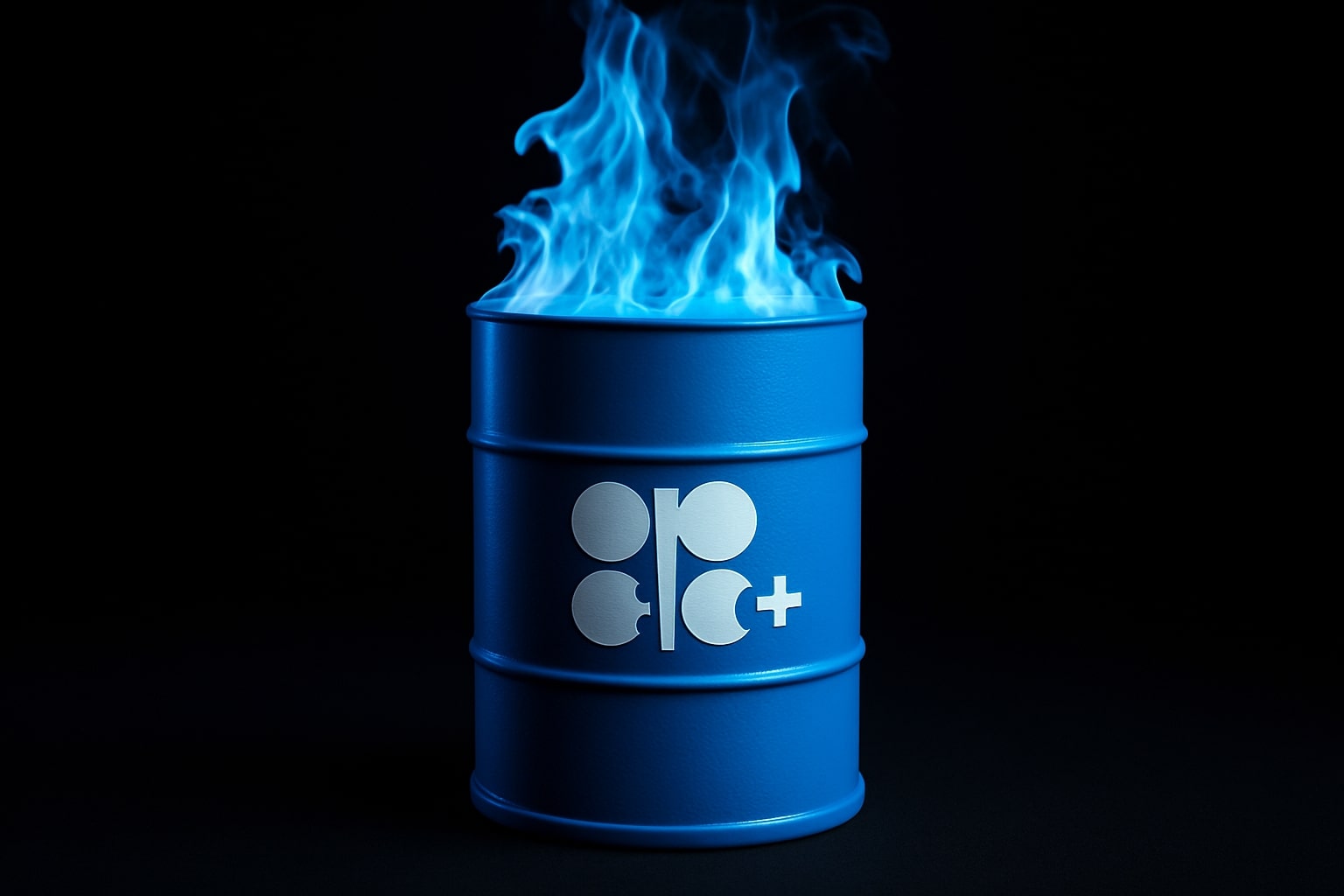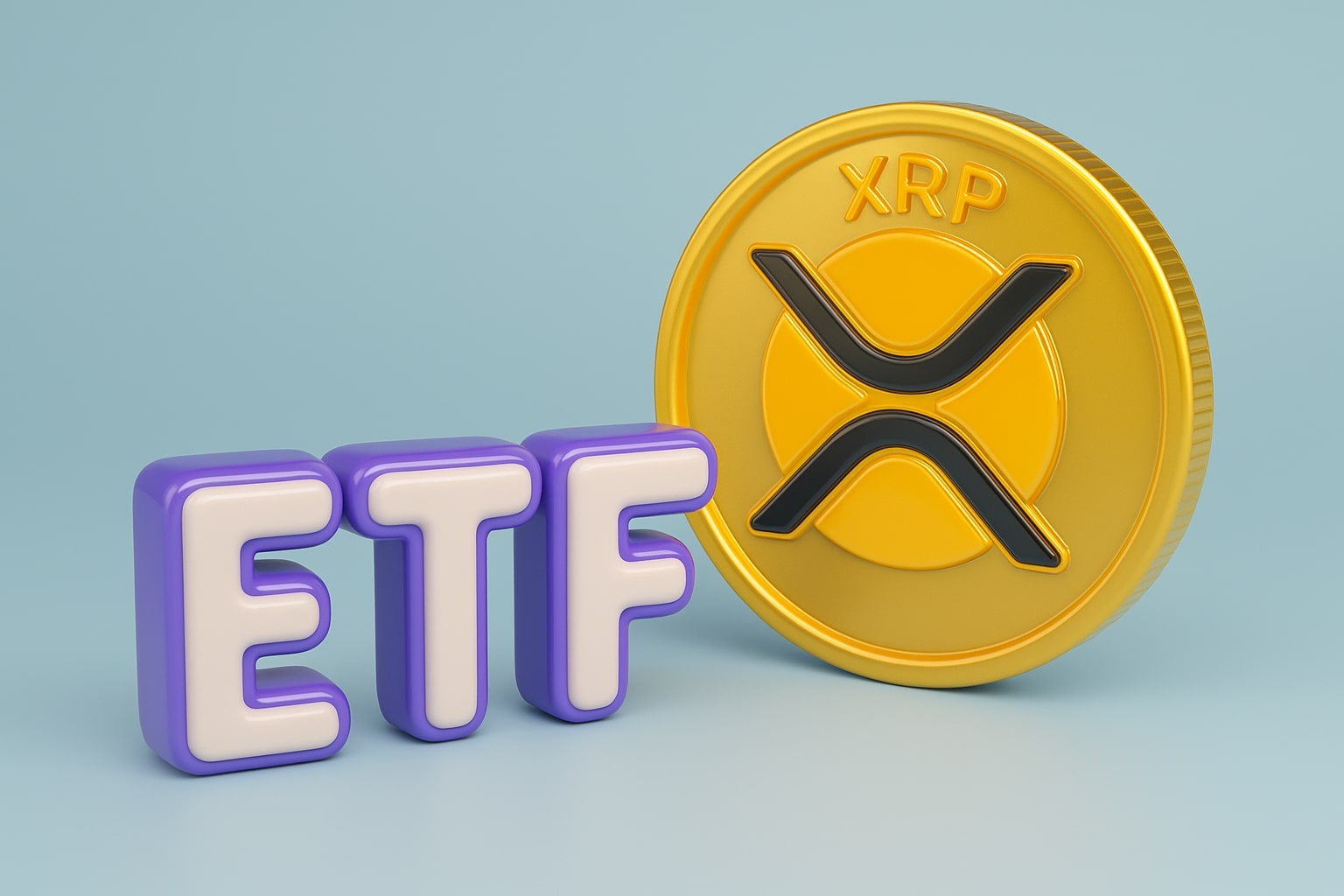Oil Market Weekly Review: WTI (CL=F) Holds $61 as OPEC+ Output Rise, U.S. Sanctions, and Record Supermajor Profits Define a Volatile Energy Week
Crude oil markets ended the week mixed after a volatile session dominated by geopolitics, supply adjustments, and major earnings from global energy giants. WTI (CL=F) settled near $60.98, up 0.68%, while Brent (BZ=F) closed at $64.77, gaining 0.62%. Despite the modest uptick, both benchmarks ended October with a third consecutive monthly loss, pressured by expectations that OPEC+ could announce a 137,000 b/d production increase in its upcoming meeting. The combination of U.S. sanctions, record supermajor output, and weakening Asian demand framed a tense backdrop as traders reassessed supply-demand equilibrium heading into November.
OPEC+ Eyes Modest Output Hike Amid Market Fatigue
Sources across OPEC+ indicate a proposal to increase output by 137,000 barrels per day, a symbolic adjustment designed to signal stability rather than a full-scale policy shift. The alliance, led by Saudi Arabia and Russia, remains cautious as prices hover just above $60 for WTI and $64–$65 for Brent. Riyadh’s strategy has shifted toward defending market share in Asia, where it plans to cut official selling prices by $1.00 to $1.50 per barrel for December cargoes to China and India.
Despite this tactical price cut, Saudi Arabia’s internal production remains constrained near 9.2 million b/d, reflecting a broader effort to prevent excessive downside risk. The OPEC basket rose 1.87% to $66.46, with Murban Crude outperforming at $67.37 (+0.93%), indicating relative strength in Middle Eastern grades. Analysts argue that the modest OPEC+ increase will do little to offset the rising U.S. production that continues to pressure global benchmarks.
ExxonMobil (NYSE:XOM) and Chevron (NYSE:CVX) Drive Supply Growth with Record Output
The earnings season reinforced the dominance of U.S. supermajors in global oil supply growth. ExxonMobil (XOM) crushed forecasts, reporting $7.55 billion in Q3 net income driven by record production from Guyana and the Permian Basin, where combined output surpassed 1.2 million b/d, up 16% year-over-year. Chevron (CVX), following its Hess acquisition, reported output exceeding 900,000 b/d across North America and South America, surpassing internal projections by 5%.
The top five oil majors — ExxonMobil, Chevron, BP, Shell, and TotalEnergies (TTE) — posted combined Q3 profits of $21.8 billion, a 7% quarter-on-quarter increase, even as Brent prices averaged under $65. Despite rising profits, the sector is signaling caution: debt levels have climbed, and 17,000 jobs were cut collectively as firms pivot toward AI-driven efficiency upgrades and reduced buyback programs. Exxon and Chevron have both warned that 2026 capex growth will moderate by 15–20%, emphasizing capital discipline over expansion.
Russian and Indian Oil Dynamics Reshape Global Trade Flows
Russia’s geopolitical posture continues to influence global supply patterns. Following intensified U.S. sanctions, Lukoil (MCX:LKOH) was forced to divest its international assets to trading giant Gunvor, including its stakes in the West Qurna 2 field in Iraq (producing 480,000 b/d) and several European refineries. Simultaneously, India’s IOC secured five December cargoes of Russian crude, totaling 120,000 b/d, sourced through non-sanctioned intermediaries to maintain compliance while benefiting from discounted barrels.
These moves highlight India’s pragmatic stance — balancing Western diplomatic pressure with domestic energy security. Refining utilization in India remains near 93%, with HPCL importing emergency fuel volumes to compensate for corrosion issues at key facilities. Despite Western efforts to isolate Russian barrels, Asia’s appetite ensures that Russian exports stay above 7.3 million b/d, cushioning the country’s fiscal base even under sanctions.
Asian Market Pressure: Saudi Cuts, Kuwait Exports, and Chinese Refinery Surge
Asia remains the epicenter of short-term demand fluctuations. Kuwait, after a fire at its Al Zour refinery curtailed domestic capacity by 615,000 b/d, released an additional 3 million barrels of crude to Asian buyers, deepening the regional oversupply narrative. China’s Shandong refiners, often called “teapots,” increased throughput to 71% of total capacity — the highest in 2025 — as margins improved temporarily, but new import quotas are running low, forcing an expected 15% reduction in runs by mid-November.
Saudi Arabia’s planned price cut reflects the weakening premium that Asian buyers are willing to pay, with Dubai’s futures curve flattening, signaling softer physical demand. In contrast, QatarEnergy continues to expand LNG dominance, signing a 17-year, 1 mtpa supply deal with India’s GSPC pegged to 12% of the Brent slope, reinforcing gas’s competitive edge amid declining refinery margins.
Geopolitical Friction: Sanctions, Conflicts, and Supply Chain Reordering
Beyond OPEC+, multiple geopolitical events shaped sentiment. Russian missile attacks on Ukrainian energy infrastructure disrupted power in Zaporizhzhia and Dnipro, amplifying winter supply fears across Europe. Hungary’s Viktor Orbán requested a U.S. exemption from Russian oil sanctions, underscoring fractures within the EU’s energy stance. Meanwhile, Sudan’s civil war intensified as the RSF militia captured El Fasher, cutting access to vital crude transport corridors toward Libya and Chad, threatening regional oil logistics.
In Africa, Nigeria imposed a 15% import tax on gasoline and diesel, aiming to support domestic refining, though the 650,000 b/d Dangote refinery still imports roughly 170,000 b/d of gasoline due to operational setbacks. Angola, freshly outside the OPEC quota system, faces output declines despite newfound flexibility, and Mozambique’s LNG project under TotalEnergies has seen costs balloon by $4.5 billion, sparking disputes with local authorities.
North American Output and Infrastructure Expansion
U.S. production continues climbing, with total crude output surpassing 13.5 million b/d, matching pre-pandemic highs. The Enbridge pipeline reroute approval in Wisconsin and Kashagan expansion in Kazakhstan mark long-term infrastructure milestones. In Canada, the oil sands sector continues to scale output, with total emissions reaching 85 million mtCO₂e, nearly double 2010 levels, despite lower intensity per barrel.
Mars US crude slipped 1.34% to $70.71, reflecting Gulf Coast maintenance delays, while Louisiana Light rose 0.47% to $62.26. The Bonny Light blend, however, dropped 2.84% to $78.62 on export bottlenecks tied to pipeline corrosion. These disparities underline regional imbalances that continue to fragment the pricing structure of global benchmarks.
Big Oil Strategy: Production Growth Over Buybacks
The trend across supermajors remains clear — prioritize output, delay shareholder rewards. TotalEnergies posted a $4 billion adjusted profit, down 2% YoY, while still boosting upstream investment by 12%. The $2.4 billion Saudi renewables project awards mark the kingdom’s dual-track policy — expanding oil output while accelerating green energy to diversify fiscal inflows. Meanwhile, BP, Exxon, and Chevron all confirmed buyback slowdowns heading into 2026, citing “balance sheet prudence” amid uncertain demand recovery.
At the same time, oilfield service companies like Schlumberger and Halliburton are repositioning into data center energy management, capitalizing on the AI boom to offset cyclical drilling downturns. These strategic pivots reveal how fossil and digital energy are converging in the next industrial phase.
Technical Overview: WTI (CL=F) and Brent (BZ=F) Price Dynamics
WTI crude held firm around $60.98, facing strong support near $59.80 and resistance at $63.70. The RSI remains neutral near 48, and open interest on December contracts increased 4.2%, suggesting accumulation rather than liquidation. A sustained close above $61.50 could trigger a short-covering rally toward $64, while a break below $59.50 risks revisiting $57.80.
Brent (BZ=F) shows a parallel structure, consolidating around $64.77. The psychological barrier at $65.50 coincides with the 50-day EMA, which if breached, could extend upside momentum to $67.20. Conversely, sub-$63 closes would confirm a technical correction phase. Traders note declining refined product cracks and higher floating storage as cautionary signals for November volatility.
Inventory Trends and Futures Sentiment
U.S. crude inventories fell for the third consecutive week, down 3.1 million barrels, defying expectations of a build. Gasoline stocks rose 1.3 million barrels, while distillate inventories slipped 0.9 million, keeping refinery utilization near 89%. Futures curves remain in mild backwardation, with front-month WTI trading $0.68 above February 2026 delivery, signaling modest short-term tightness despite the oversupply narrative.
Natural gas (NG=F) surged 4.25% to $4.124/MMBtu as winter demand and LNG exports climbed. U.S. feedgas deliveries exceeded 14.9 bcf/day, matching record levels and pushing Henry Hub contracts above $4 for December settlement — the first time since early 2024.
Outlook: Between Oversupply Anxiety and Policy Volatility
The global oil market enters November with conflicting narratives. OPEC+ discipline is weakening, U.S. shale output is near record highs, and Asia’s refinery appetite is plateauing. Yet inventories remain tight, and geopolitical risk premiums persist. The Trump administration’s tariff policy — threatening up to $50 billion in energy project delays — adds another layer of uncertainty as 2026 approaches.
Short-term sentiment leans bearish due to oversupply and macro headwinds, but long-term fundamentals still support prices above $60 WTI and $65 Brent, particularly if global demand growth of 1.2 mb/d in 2026 holds steady.
Verdict: Hold — Oil Market Balanced Between Policy Risk and Structural Undersupply
Considering the data, oil remains a Hold. The current balance of modest OPEC+ expansion, robust U.S. output, and constrained inventories keeps WTI in the $59–$64 corridor. Upside catalysts — including geopolitical flare-ups or refinery outages — could lift Brent toward $68, but sustained rallies remain capped by macro tightening and rising production costs. Traders should watch for OPEC+ policy updates and U.S. inventory shifts in the first two weeks of November to gauge the next directional leg for WTI (CL=F) and Brent (BZ=F).
That's TradingNEWS




















